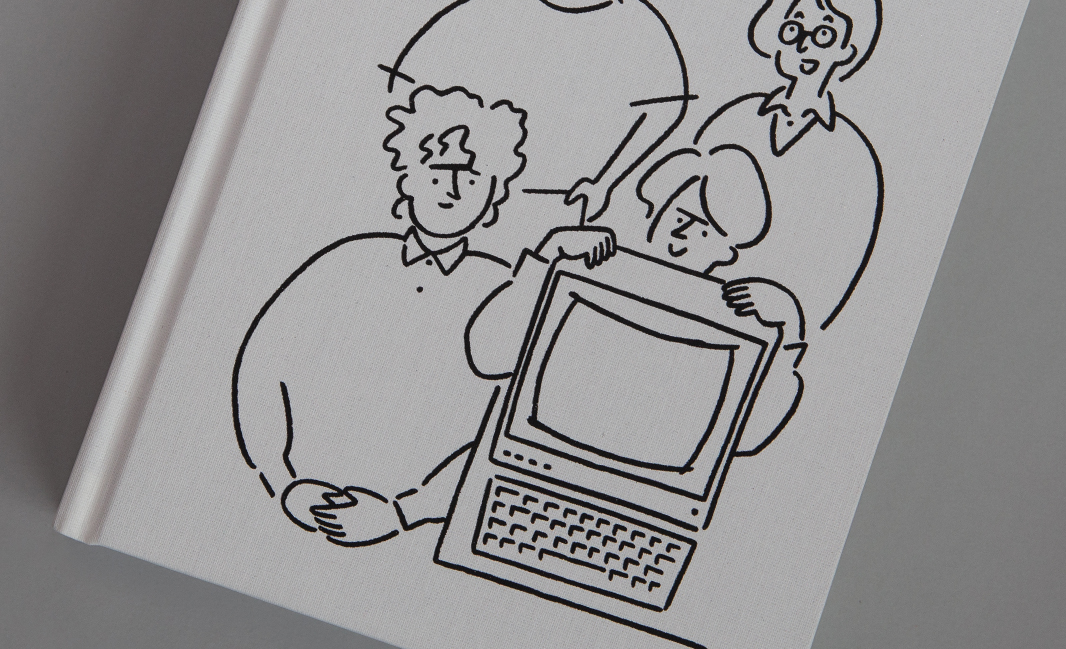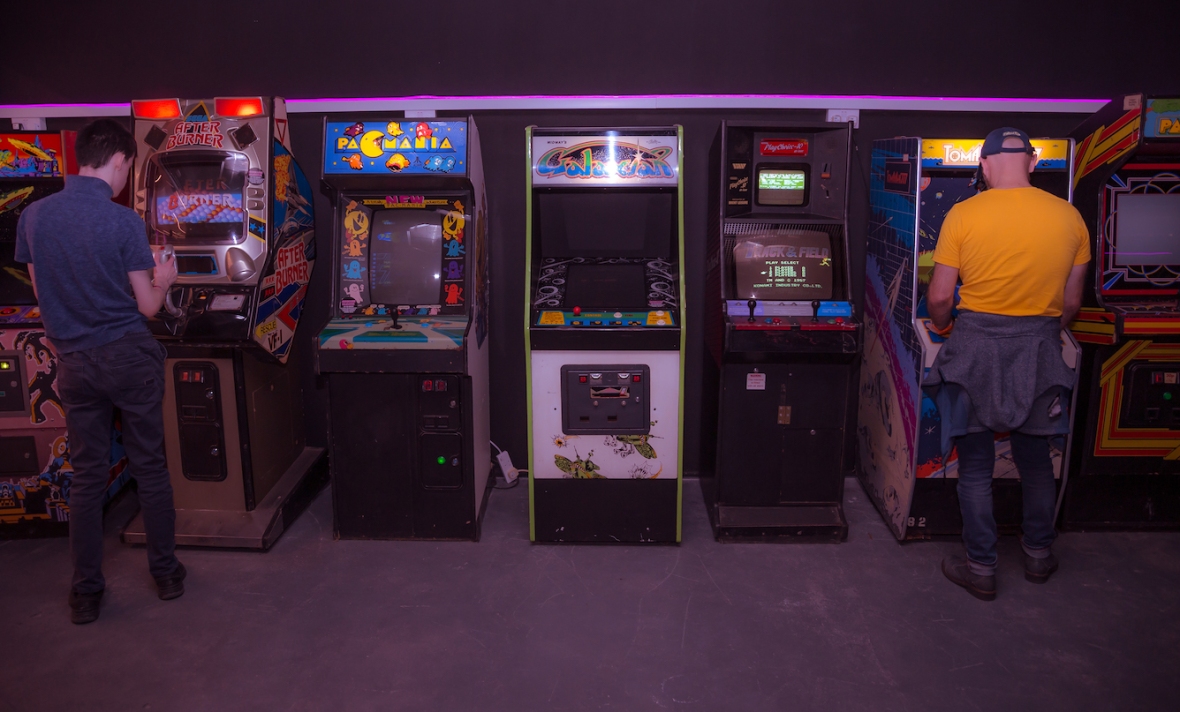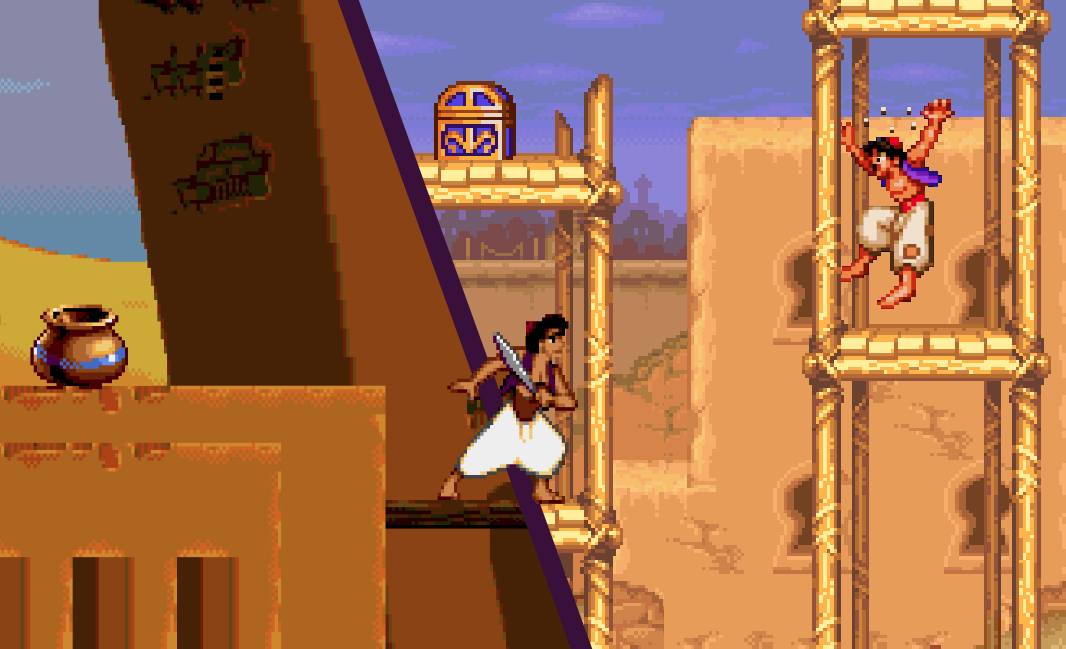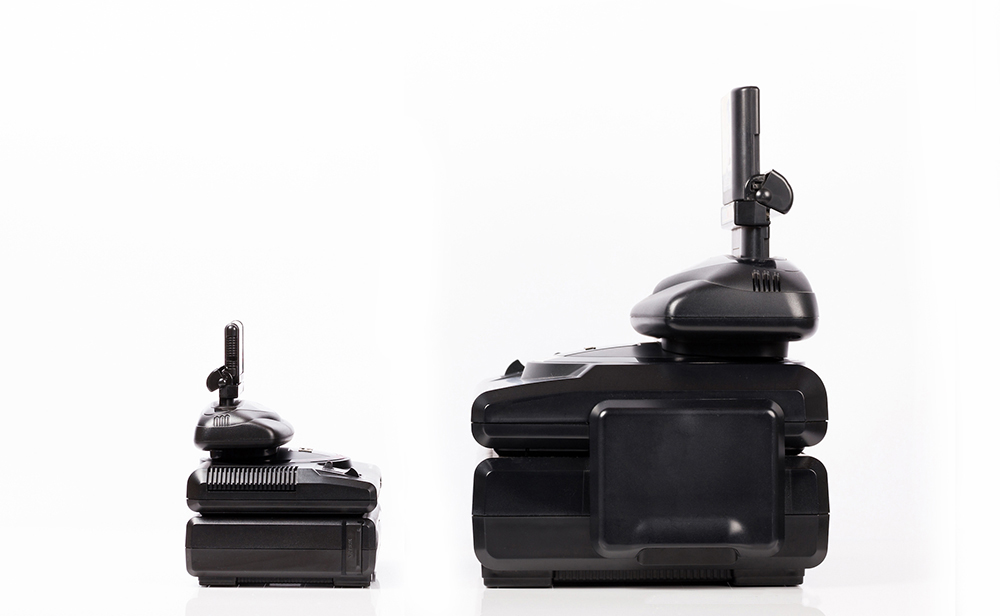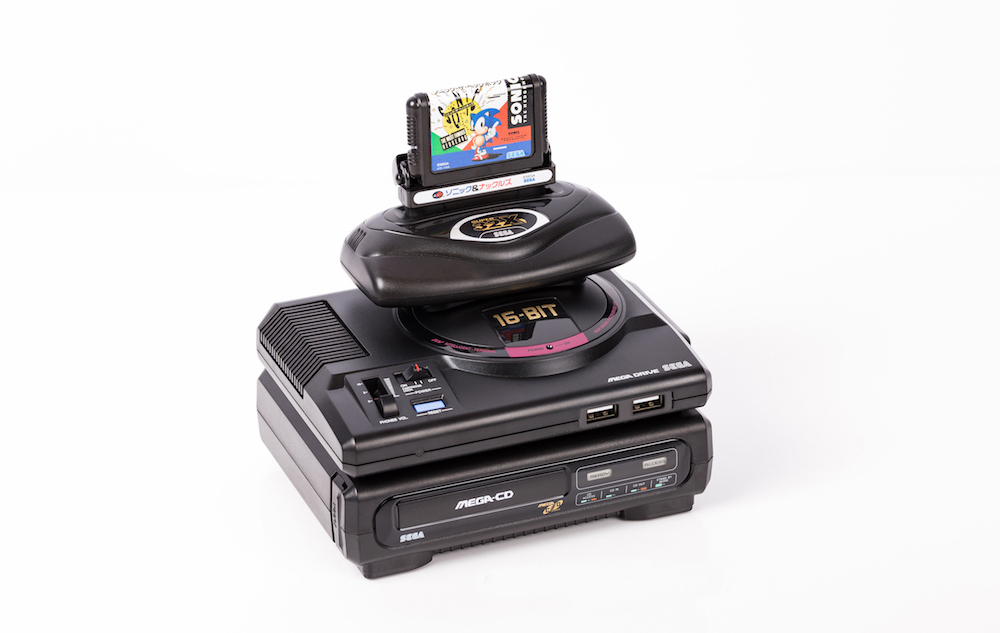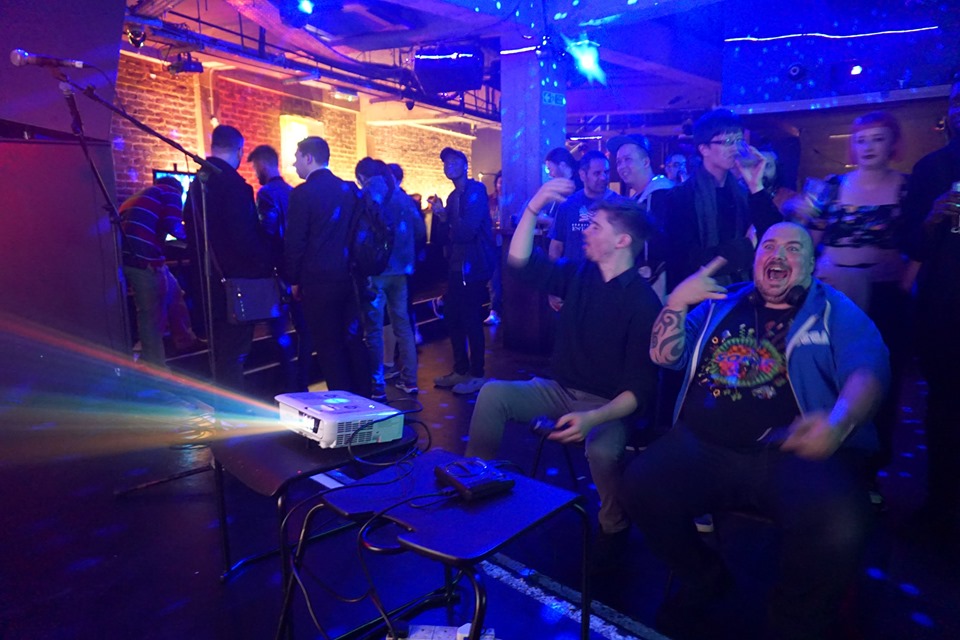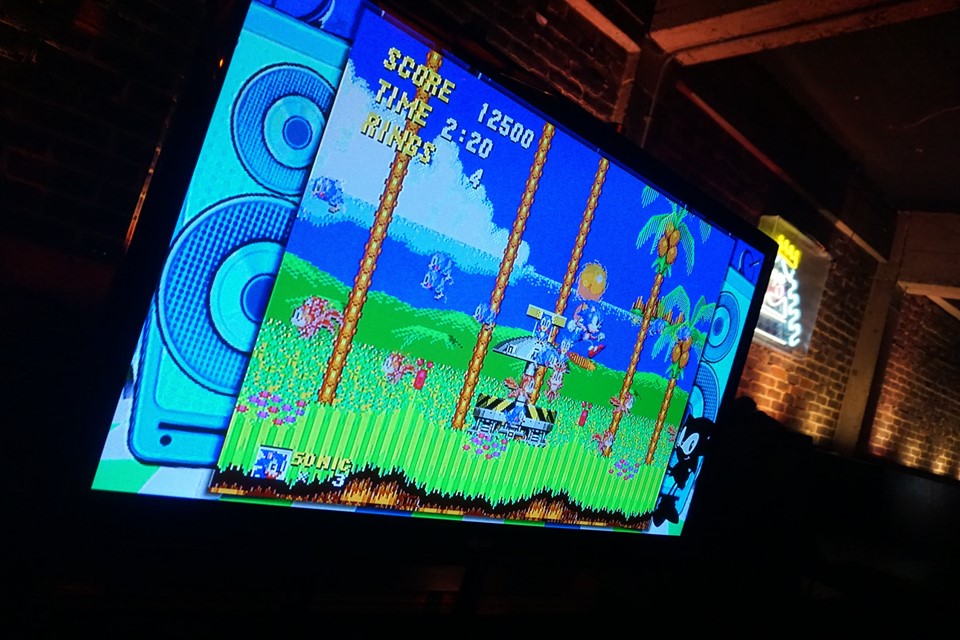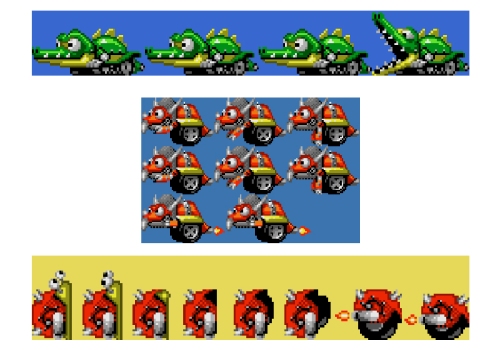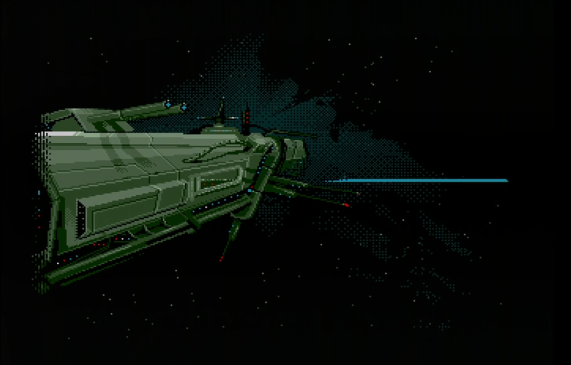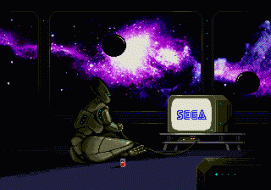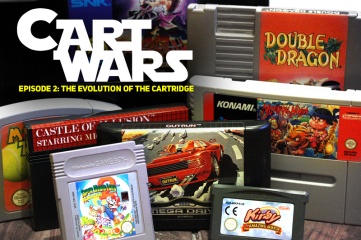
There are few games that conjure the sense of intrigue and mystery as Sonic the Hedgehog’s Mega Drive debut in its alpha and pre-release form. While discoveries of Sonic 2 prototypes have continued to be unearthed over the years — as recently as November 2019 — in the decades since Sonic 1’s release, not a single playable prototype ROM has been found or is known to exist, not even one. As the hunt goes on, MegaBites has discovered valuable insight and pieces of the puzzle that have remained hidden… Until now.
A little context
Bursting onto the scene in mid-1991, Sonic the Hedgehog’s debut on the Mega Drive took the video game industry by storm. Where Alex Kidd and countless mascots before him had failed, in Sonic the Hedgehog, Sega finally found a hero to take on the mighty Mario and Nintendo. With his attitude and blistering speed combined, the blue blur came to define an era. But not all legends are born overnight.
Beginning development in April 1990, the first title in the Sonic the Hedgehog series underwent countless aesthetic and gameplay revisions before its release little over a year later. Since that time, eager Sonic fans have trawled the internet for insight into Sonic the Hedgehog in its pre-release format, taking technology showcases, TV spots and toy shows as vital sources of previously unseen screenshots and video clips of the game in its raw and unfinished form.
The earliest public showing of Sonic the Hedgehog was at the now infamous 1990 Tokyo Toy Show, held between 6th–10th June 1990 at the newly-opened Makuhari Messe convention centre in Mihama, Chiba.

It was here that Sega unveiled an early single-level alpha build of Sonic’s Mega Drive debut. At the time, news of the game was shared by Japanese video game magazines including Beep Mega Drive, Mega Drive Fan and US publication Electronic Gaming Monthly. In the years since, the images shared in these articles have been widely distributed on the internet.
The famous screenshots from the event displayed a number of graphical differences that wouldn’t make it into the game’s final build, including alternate badniks, level assets and seven-layer background scrolling.
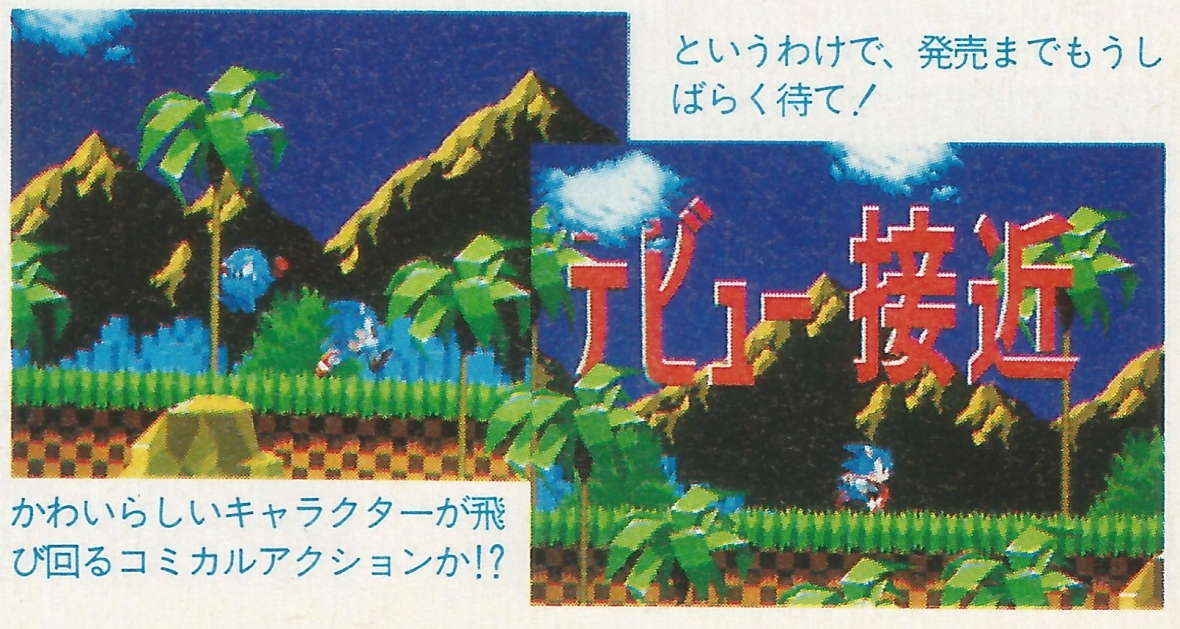
“A comical action with cute characters flying around!?”
“So, wait for a while for the release!”
Red text: “Debut approaching”
We’re not claiming to have discovered anything new with the above. These images are widely available with a mere Google search, and many more screens just like these from the event exist. But still, no tangible playable version is known to exist. Sonic lead programmer, Yuji Naka, has confirmed that all known builds of the alpha are lost.
Undeterred, countless Sonic fan sites, such as Sonic Retro, and video game research resources, including The Cutting Room Floor, have spent years gathering and analysing every possible pixel of Sonic’s earliest prototype builds, including the above images.
While information on Sonic’s first showing at the Tokyo Toy Show has been scarce, what has also been hard to come by are visuals of Sega’s presence at the show.
That was until this site conducted a little research…

